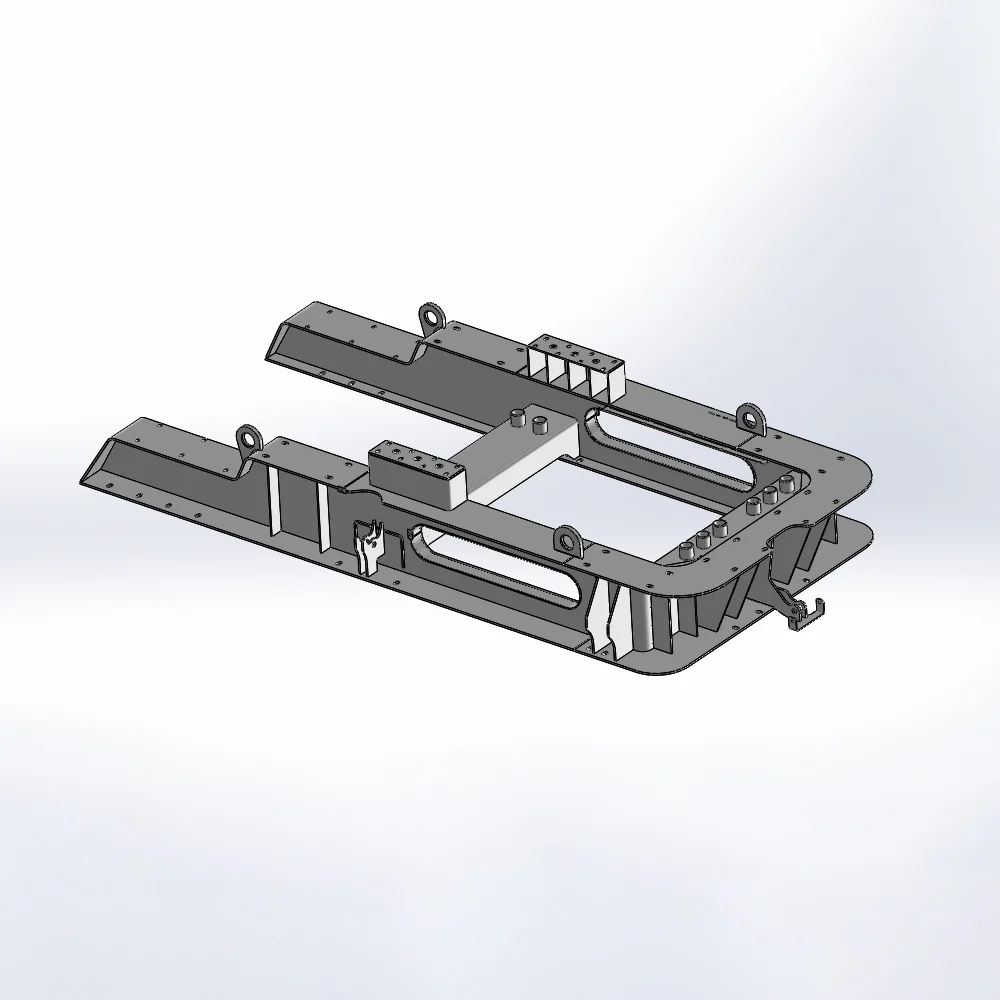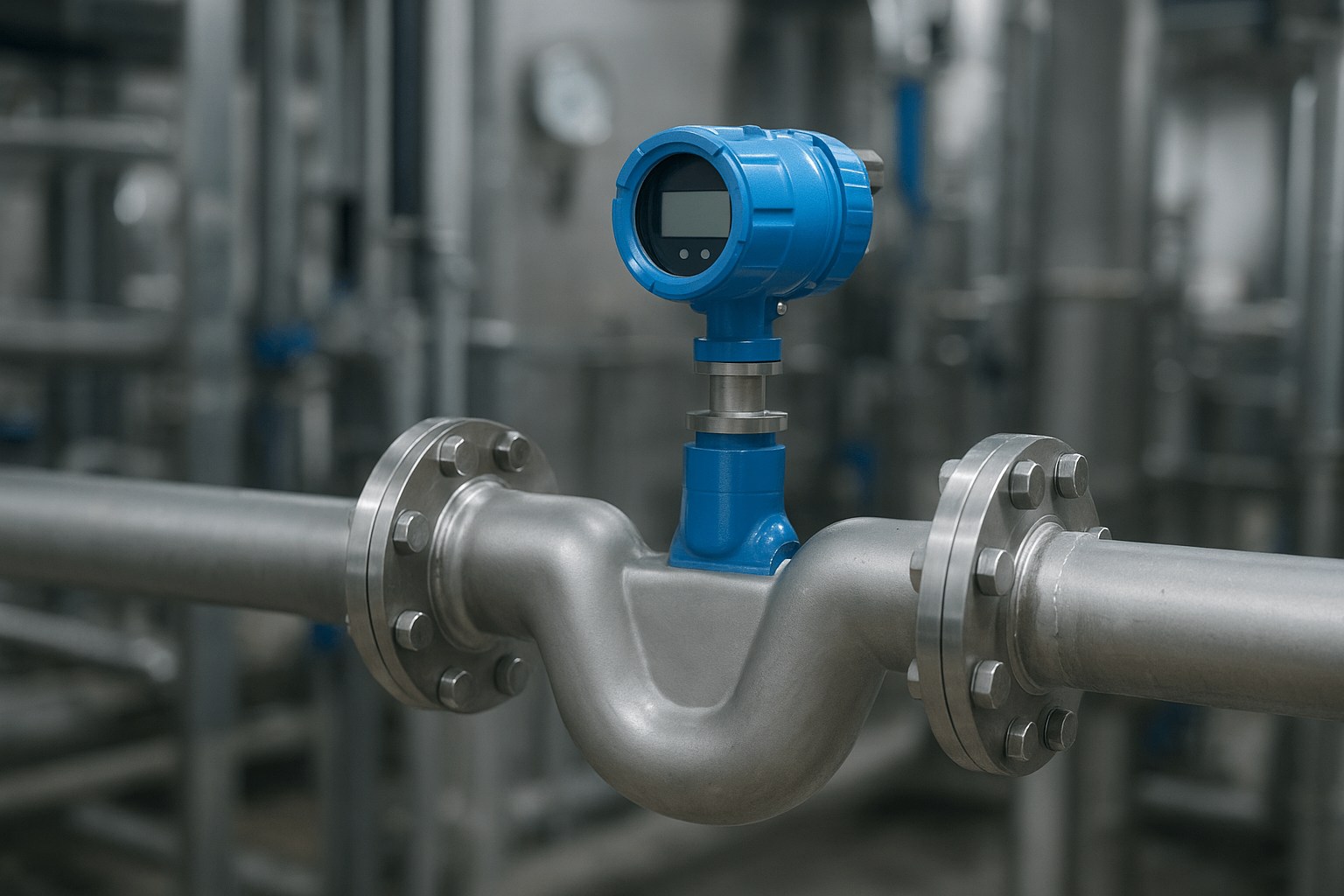Custom frame welding is the art of creating unique, tailored metal frames to meet specific needs. Whether it's for a bike, car, or industrial equipment, custom frame welding ensures precision and durability. This process involves skilled craftsmanship and attention to detail to produce sturdy and reliable structures that can withstand various conditions. From enhancing performance to achieving a personalized aesthetic, custom frame welding offers endless possibilities for innovation and creativity in design and functionality.
Significance of Custom Frame Welding in Metalwork
Precision and Durability
Custom frame welding is crucial in metalwork due to its ability to ensure precise and durable metal structures.Welding plays a vital role in achieving the exact specifications required for a project. This precision is essential for applications such as architectural structures, industrial equipment, and automotive components.
Custom frame welding allows for the creation of complex designs with intricate details that may not be achievable through other fabrication methods. For instance, when constructing specialized machinery or unique architectural features, the precise nature of welded custom frames ensures that every component fits together seamlessly.
Welded frames also offer exceptional durability, making them suitable for demanding environments where strength and resilience are paramount. Whether used in heavy machinery or structural supports, these welded frames provide long-lasting performance that withstands various stressors over time.
Strength and Stability
One of the primary benefits of welded frames lies in their ability to deliver unparalleled strength and stability, which are critical factors across different industries. In manufacturing settings, custom frame welding enables the production of robust equipment frames capable of withstanding heavy loads and harsh working conditions without compromising safety or integrity.
For example, in the construction industry, steel frameworks created through custom frame welding provide essential support for buildings and infrastructure projects. These sturdy structures contribute to overall safety while ensuring long-term reliability amidst environmental factors like wind loads or seismic activity.
Furthermore, within automotive applications, custom frame welding produces chassis components that enhance vehicle stability during operation. The welds create a cohesive framework that maintains structural integrity under dynamic forces encountered on roads or off-road terrains.
Tailored Solutions
The flexibility offered by custom frame welding allows businesses to obtain tailored solutions specifically designed to meet their unique project requirements. This customization capability extends beyond standard dimensions; it encompasses aspects such as material selection, joint configurations, and overall design aesthetics tailored precisely according to individual needs.
Overview of Steel Frame Fabrication Techniques
Cutting and Bending Metal Components
Steel frame fabrication involves cutting and bending metal components to create the desired shape and size. The cutting process is essential for shaping the steel according to the specific design requirements. Once the metal has been cut, it undergoes a bending process that allows it to take on various angles and forms, enabling the creation of custom frames for different applications.
The precision involved in cutting and bending metal components is crucial in ensuring that each piece fits together seamlessly during assembly. Any inaccuracies at this stage can lead to structural weaknesses in the final product, compromising its integrity.
Welding Techniques: MIG and TIG
In steel frame fabrication, welding plays a pivotal role in joining the individual metal components together. Two commonly used techniques are MIG (Metal Inert Gas) welding and TIG (Tungsten Inert Gas) welding. MIG welding utilizes a wire electrode that's continuously fed through a welding gun, creating an arc between the base material and the wire to join them together.
On the other hand, TIG welding uses a non-consumable tungsten electrode to produce welds. This technique offers greater control over heat input and enables highly precise welds without producing spatter or sparks.
Both MIG and TIG welding techniques require skilled craftsmanship to ensure strong, durable joints between metal components. The choice of technique depends on factors such as material thickness, joint type, required aesthetics, speed of production, among others.
Importance of Precision in Steel Frame Fabrication
Precision holds paramount importance throughout every stage of steel frame fabrication. From accurately measuring dimensions for cutting metal components to meticulously aligning pieces during assembly—every step demands meticulous attention to detail.
The significance of precision cannot be overstated when considering structural integrity—the end goal being sturdy custom frames capable of withstanding varying loads or stresses depending on their application. A minor deviation from specified measurements or poorly executed welds can compromise not only the appearance but also safety aspects associated with custom frame structures.
Precision Welding Methods for Durable Frames
Advanced Welding Techniques
Custom frame welding requires precision and durability. By utilizing advanced methods like laser welding, welders can achieve high precision in joining metal components. This technique allows for pinpoint accuracy, ensuring that the frames are built to exact specifications.
Laser welding also offers the advantage of minimal heat input, which helps in preventing material distortion and weakening. With proper heat control during welding, the risk of structural deformities is significantly reduced. As a result, the frames maintain their integrity and strength, contributing to their longevity.
Ensuring Longevity and Reliability
Quality welds are paramount. A well-executed custom frame welding process results in strong, durable joints that can withstand various stressors over an extended period. This not only contributes to the overall structural integrity but also ensures that the frames have a longer lifetime.
In addition to laser welding, other advanced techniques such as electron beam welding or friction stir welding can be employed based on specific project requirements. These methods offer unique advantages in terms of joint quality and efficiency, further enhancing the durability of custom-welded frames.

Key Factors in Selecting a Custom Frame Builder
Experience and Expertise
When selecting a frame builder, it's crucial to prioritize experience and expertise. Experienced builders are well-versed in various welding techniques, ensuring the highest quality of work. They have honed their skills over time, mastering the art of custom frame welding. An experienced builder is familiar with different types of metals, understands the nuances of working with each material, and can provide valuable insights into the best approach for your specific project.
Assessing a builder's portfolio is essential in determining their level of experience. By reviewing past projects, you can gain insight into the complexity and diversity of their work. Look for examples that align with your vision to ensure that the builder has relevant experience in creating frames similar to what you desire.
Client testimonials also play a vital role in evaluating a builder's expertise. Positive feedback from previous clients serves as an endorsement of the builder's capabilities and craftsmanship. It provides reassurance that they possess the necessary skills to bring your custom frame vision to life.
Reputation and Communication
The reputation of a frame builder speaks volumes about their professionalism and dedication to customer satisfaction. A reputable builder consistently delivers high-quality results while maintaining excellent client relationships. Researching online reviews, seeking recommendations from trusted sources, or obtaining referrals from other industry professionals can help gauge a potential builder's reputation accurately.
Effective communication and collaboration are paramount when engaging with a custom frame welder. Clear communication ensures that both parties are aligned on project requirements, timelines, budget constraints, and any specific design elements crucial to achieving desired outcomes.
Maintaining open lines of communication throughout the project fosters transparency and allows for adjustments if needed during various stages of production. A collaborative approach between you as the client and the frame builder promotes synergy towards realizing your vision while leveraging their technical expertise
Setting Expectations for Custom Frame Welding Quality
Clear Communication
Clear communication between clients and welders is essential to ensure that both parties are aligned on the expected quality of custom frame welding. By openly discussing requirements, materials, and design specifications, misunderstandings can be minimized.
Clients should clearly articulate their expectations regarding the appearance, strength, and precision of the welded frames. For example, if a client desires a specific finish or texture on the welded frame, this information needs to be communicated effectively to the welder.
On the other hand, welders must also communicate any limitations or challenges they foresee in meeting certain quality standards. This transparency helps manage client expectations from the onset.
Industry Benchmarks
Understanding industry benchmarks plays a crucial role in setting realistic expectations for welding quality. Clients should be aware of common industry standards related to custom frame welding such as acceptable tolerances for measurements or standard types of welds used in similar projects.
For instance, if a client expects an exceptionally high level of precision that goes beyond typical industry practices without realizing it may significantly increase costs or production time; understanding these benchmarks will help them adjust their expectations accordingly.
Welders need to stay updated with current industry best practices and technological advancements to ensure that they are delivering top-quality work that aligns with prevailing standards.
Quality Control Measures
Establishing robust quality control measures is paramount for maintaining consistent welding standards across various projects. These measures could include regular inspections at different stages of fabrication and welding processes by qualified personnel to ensure compliance with established quality parameters.

Commencing Your Custom Frame Welding Project
Detailed Planning
Embarking on a custom frame welding project requires meticulous planning. This involves outlining the specific design requirements, material selection, and establishing a clear timeline for the project. The welders must collaborate closely with designers and engineers to ensure that every aspect of the project is thoroughly planned out. For instance, if the custom frame requires intricate designs or unique shapes, it's crucial to plan how these will be achieved through the welding process.
Careful consideration should also be given to selecting appropriate materials such as high-quality tubing that meets structural requirements while aligning with the design aesthetics. Understanding the intricacies of each step in the welding process is essential for effective planning.
Collaboration Between Teams
At this initial stage, collaboration between different teams plays a pivotal role in ensuring that all aspects of custom frame welding are addressed comprehensively. Designers work alongside engineers and welders to translate creative concepts into feasible plans for fabrication and assembly using specialized equipment and techniques.
For example, when working on a racing car chassis or a bicycle frame, close collaboration between designers who envision aerodynamic features or sleek aesthetics; engineers who calculate stress points and load-bearing capacities; and welders who understand how to bring these elements together through precision welding techniques is imperative.
Clear communication among team members ensures that everyone understands their roles in achieving an optimal outcome for the custom frame welding project.
Clear Documentation
Documenting detailed project requirements is fundamental for initiating any custom frame welding endeavor smoothly. This includes creating comprehensive specifications outlining dimensions, tolerances, material grades required for each component of the structure being welded.
Moreover,clear documentation can prevent misunderstandings during subsequent stages of production by providing precise guidelines based on which each team member can carry out their responsibilities effectively.
Conclusion
Custom frame welding plays a pivotal role in ensuring the durability and quality of metal structures. From selecting the right custom frame builder to setting clear expectations for the project, every step contributes to the overall success of the endeavor. By prioritizing precision welding methods and emphasizing quality in construction, individuals can achieve durable and reliable custom frames tailored to their specific needs.
For those embarking on a custom frame welding project, it is essential to conduct thorough research and carefully evaluate potential custom metal fabricators. Prioritizing quality over cost and setting clear expectations will ultimately lead to a successful outcome.
Hengli Metal Processing
info@hzhlbj.com




